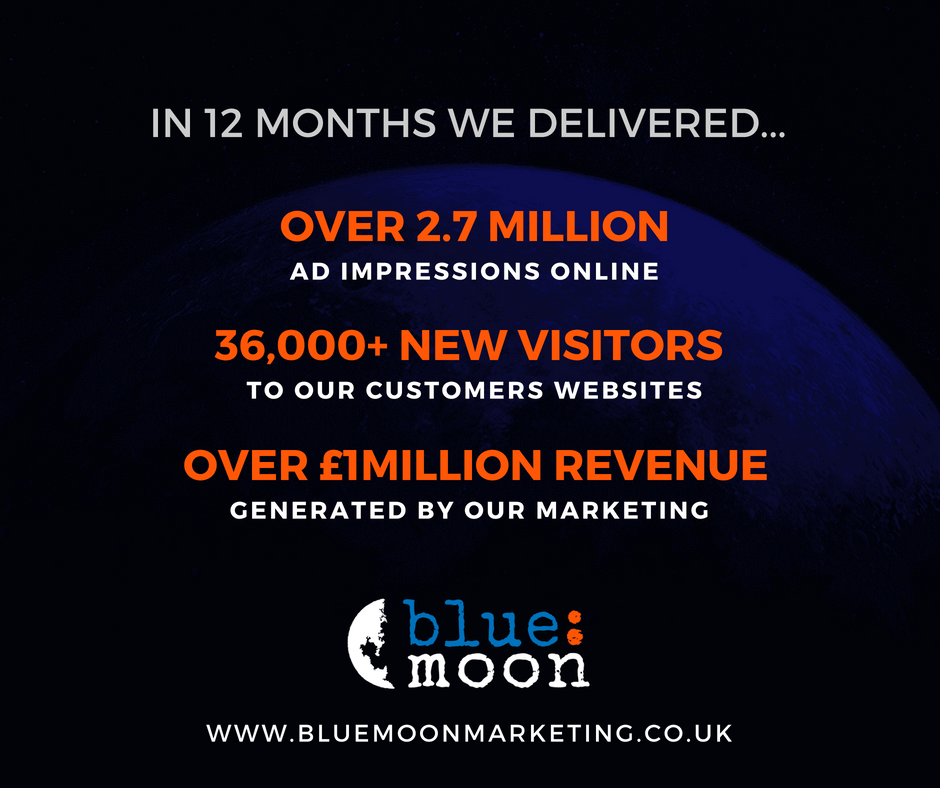How to Write Good Website Copy – A Website Content Guide by Speek
How to Write Good Website Copy – Your Website Content Guide
We’ve designed this guide to help you create quality written content for your new website, it’s aimed to assist new website owners adopt industry best practises where possible without introducing technical jargon or more advanced SEO concepts. It’s useful for anyone creating a new website for their business/brand

1. Create Your Main Website (H1) Title
Let’s start with some basic information:
- Name of your business/brand
- What is your main service/product offering?
- Where are your target locations (suggest starting locally, within 0-5 miles)
It may sound simple, but your answers will form a critical part of your website content. Combined they form your primary target search term.
Imagine you’re looking for a “bathroom tiler” who operates in the “Taunton, Somerset area” to tile your new house. Your Google search will be “bathroom tiler in Taunton” or something similar, so we can use this information to form your main website title. It’s often the first thing that people will see when they land on your site for the first time.
Example: “We are The Tile Fitters - Professional tiling contractors in Taunton, Somerset.”
Visit Website: www.thetilefitters.co.uk to see example website
2. Introduce Yourself to the World
Your “About Us” page! It’s arguably one of the most important pages on your new website as it sets the tone (or voice) of who you or your brand is perceived by the outside world. It should be genuine and represent who you are, what you’re about and why people should buy from you. It’s your chance to let people know what makes you unique, tell your story and don’t be afraid if that means being quirky or different. In fact, different is better, different often stands apart from the rest!
Tell your story and don’t forget to add in things like:
- Your (and/or the company) background/history
- Beliefs, morals, ideas and visions
- Business partners, managers, team members or even company partnerships
- Any qualifications, awards or certifications you may have
- References, reputation and clients
3. Create your offer statement
Start off with a statement of what you do and what you offer. In the next step we will expand on this more in detail but the idea for now is that we just get the core message written down. Think about a good introduction or “elevator pitch”, so when someone visits your site for the first time they just “get it”, without having to read through a 4-page brochure. Ideally aim for no more than 24 words to keep it succinct and on point.
e.g.) Looking for a website? We create beautiful, bespoke and modern websites to help your business stand-out against the competition.
TOP TIP: You can create these offer statements for each of your services, and remember to include the reason WHY someone would want to buy from you?
e.g.) In 2020 our team generated over £1million worth of additional sales revenue for our customers with Google Ads. Want us to do the same for you?
Now you’ve got the idea, get to work on crafting your offer statements and be sure to tell people why they should choose you!
4. Categorise your services/products
When it comes to websites, best practice generally dictates that you use one page for each product or service that you offer. This means you’ll need to separate them all out individually and categorise everything into suitable headings e.g.) if you were an accountant, you may create pages such as:
bookkeeping,
tax returns,
payroll,
VAT Returns, and so on, and list these under a “services” page.
It’s important that you understand each page should contain unique content specific to its subject. Include as much information as possible. Remember, content is… King!
TOP TIP: Try to think about the questions your customers might ask. If you knew nothing about the service, then what would you need to know? Details, pricing, benefits, how it works, FAQs, offers, are all things that you may wish to include.
Do this for each service on each page and as tempting as it may be, try not to just copy the same content across multiple pages to fill them up, if you can avoid it.
5. What is your Call to Action?
Your “Call to Action” or CTA is a phrase we use for telling your website visitors WHAT action you want them to take next?
It could be something like “Call us today” or “Subscribe now and get 20% off”
Without good, clear CTAs throughout your website pages, visitors will instead navigate using the “back” button or leave your website without taking any action whatsoever. These are bad signals for search engines like Google. You want to avoid this where possible by including strong CTAs and links where relevant to help them navigate to a contact or store page.
This will improve visitor experience and help to improve the customer journey throughout the site, converting visitors into paying customers.
Now that we’ve covered these 5 basic steps you should be well on your way to creating some great website content that your site visitors (and Google) will hopefully thank you for.
For more tips and SEO related articles in the coming weeks be sure to stay tuned and follow our socials @speekuk
If you enjoyed this article, give us a like and we always love a good shout out (share) on socials too!










